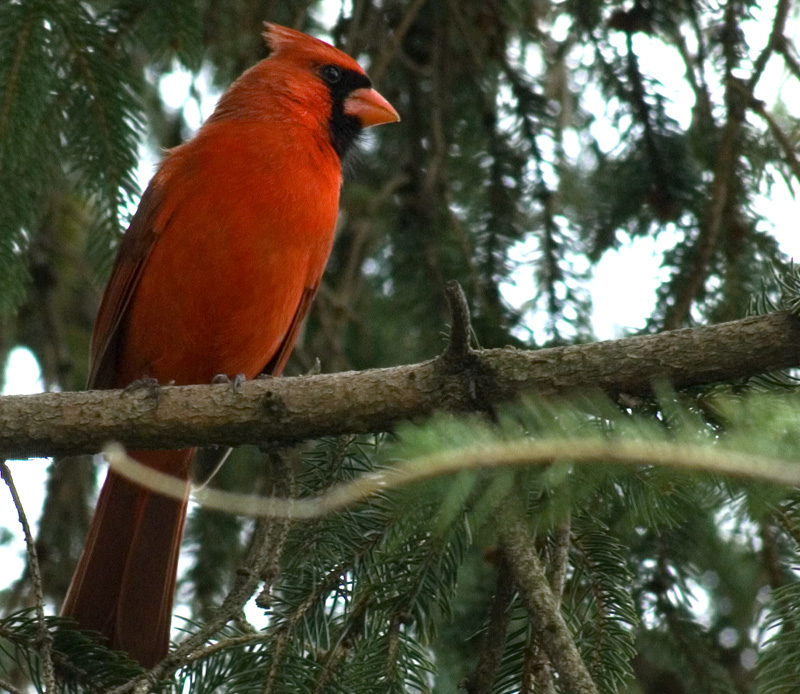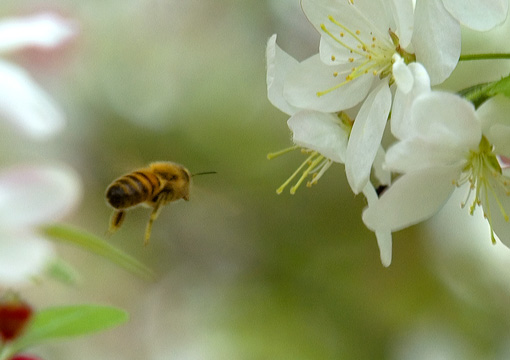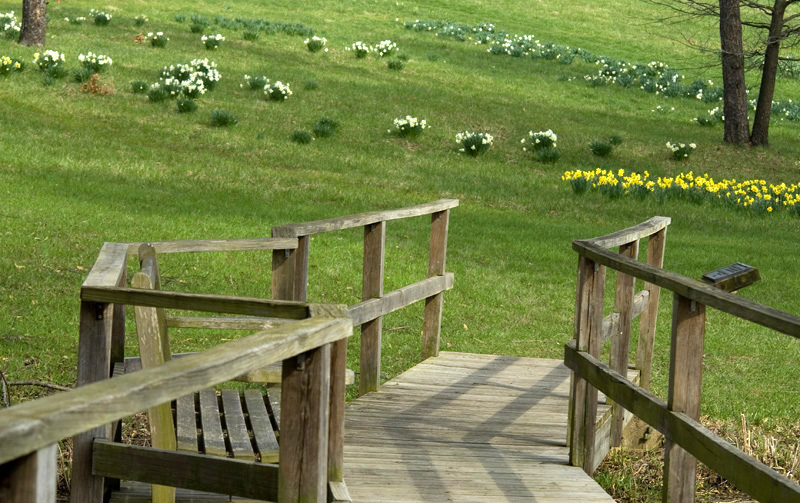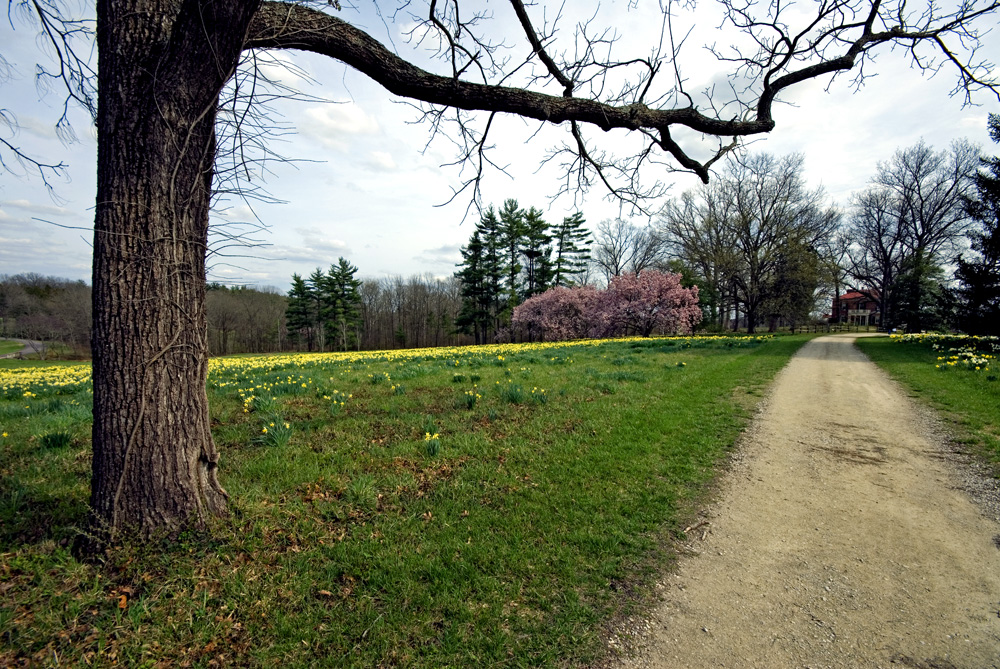Recovered from the Wayback Machine.
I did not take the break I thought about, primarily because I was still involved with some communications. I also found myself somewhat obsessed with last week’s happenings.
In the end, what saddened me the most about last week wasn’t about people so much as it was about honesty. Or perhaps I should say, how honesty lost out to this never ending desperate rush to get attention.
I have been engaged in a good discussion on the issues at Blogher, in the post that Ronnie Bennett wrote. I can’t tell you how much I have come to admire Ronnie from this writing. Maybe not enough to make up for the respect I’ve lost for others, but it has helped.
I also agree with Ronnie, in her reverence for the freedom of speech.
Tim O’Reilly has come out with this code of conduct, which doesn’t interest me overmuch. He lists several so-called rules to accompany this new ‘approved’ way of weblogging.
One is the elimination of anonymous comments. Some of the more interesting comments I’ve had in my space have been by ‘anonymous’ people, and I have no intention of changing the way comments work in my place. True, I don’t get the number of comments that Kathy Sierra and Robert Scoble get; if these people want to turn anonymous comments off, why do they need our permission? They’re adults. Turn anonymous comments off, go for it. We don’t care.
Another rule is deleting comments. I’m not sure where the idea that one can’t delete obnoxious comments sprang from. If it came from a post at Tara Hunt’s, well Tara has to accept responsibility for some of this by her setting a somewhat defensive and quarrelsome tone in her responses to people, and then pulling out the ‘abuse’ charge when they respond in kind.
A lot of people don’t deal with strong debate, or with criticism. I feel any problems they have will eventually be self-healing, as people come to realize that engaging in dialog in the posts of these people is a waste of time. If they turn away the more interesting people because they won’t always respond in whatever fashion is deemed ‘civil’, those people are welcome here.
Taking a conversation offline is a good one, but risky. I’ve seen this blow up when people respond to seeming innocuous comments with a great deal of animosity. The reason is because a lot of the communication happened behind the scenes and people weren’t privy. To outward appearances, it looks like someone has blown up for no reason. So I would say do so…but do so warily, and with caution. ‘Ware, there be dragons here.
Taking responsibility for what you write in my comments? Only if you let me take credit for what you write. I have been lucky to have excellent commentary in my posts, with very thoughtful and reasoned arguments. If I’m to take responsibility for the negative, I want credit for the good stuff.
Otherwise, I’m going to pretend we’re all adults here. Do I delete comments? I have from time to time. I find, though, that my old editing capability (which I am adding back, but improved) usually eliminated most of this — the people would edit themselves after they cooled down. As for random nastiness, if the comment is on-topic, not meant to injure another’s ability to communicate, and not illegal, it typically stays.
About the rule for ignoring trolls, I agree, and think it’s the most effective ‘weapon’ we have. But this one could have an unanticipated side effect. A lot of people consider me a troll because I’m critical, and can be persistent in my criticism. My way of looking at this rule is that it works both ways: if you consider me a troll, cool; but don’t expect me to link you, comment about you, or mention you by name in the future. I wonder how long some of the webloggers who ‘need’ the attention will maintain such a code if this is the result?
The labeling system that Tim mentions is as ill-thought out as people wanting to put ‘Be Civil’ or ‘Do not be Mean’ in one’s sidebar. I can’t think of anything more likely to attract the behavior they want to avoid than this. I surely don’t know what the people were thinking of when they came up with these.
None of this is new, though. Most of these, other than the labels and badges, have been brought up in the past any time something like this happens. None of these rules inspired me to post. What did, is the following:
It now seems fairly certain that that the images posted on meankids and unclebobism were not intended as actual threats — but as long as the perpetrator remains anonymous, there is no way to be sure. In particular, as the person who is now seen as the most likely perpetrator insists, after the fact, that his computer must have been hacked, Kathy is left with the fear that there is indeed an unknown stalker at large.
There are a massive number of assumptions in this paragraph, all of which demonstrate a disconnect with the rest of Tim’s writing. There is an assumption of intent; of guilt; of convicting without proof; of deciding to toss the blame for all of this on to the person conveniently absent; of innuendo, gossip, and mean spirited finger pointing. How can one person talk such noble sentiment and then completely toss it all aside with one paragraph?
Couple that with this:
Bringing this back to the level of principle: if you know someone who has anonymously published comments that could be construed as a threat, you owe it to them, to their victim, and to yourself, not to remain silent. If there is no actual threat, you need to convince the perpetrator to apologize; if there is, you need to cooperate with the police to avert that threat.
To the Chinese, freedom is a threat. To the right wingers, criticism of the Catholic Church was a threat. To some folks in Missouri, the fact that I continually bring up issues related to Johnson’s shut-ins is a threat. Exactly how do we define a level of ‘threat’ in this new Gestapo brave new world? Is it in the eye of the beholder? For instance, Kathy feels afraid of these images, and therefore it is our duty to hunt down this perpetrator and bring him or her to justice?
This paragraph is a demonstration of a brighter future? A better world? A better world…wasn’t that mentioned in the movie, Serenity?
So I’ll respond in the only way I–and others dragged into this, since this has been tried in the court of public opinion–can respond: Kathy has said she has contacted the police on these matters. Then I believe we–asked to be jury, judge, and executioner–have a right to demand from her exactly what the response of the police was. I believe this is a very fair question to ask, considering the amount of innuendo and this seeming willingness of all participants to convict whomever is most expedient.
Or we can accept that mistakes were made in the past, much has been said, misunderstandings have occurred, poor judgment was practiced, and that all such can happen in this open environment. Oh, and that it’s time to move on.
I await response on this one. And since we’re practicing a new civility, I await response on this one, please.
Until then, this ‘code of conduct’ is really, to me, not worth the paper it’s printed on.
Absolute must-read post by Jeneane Sessum.
As my family name is raked over the coals across the web and in mainstream press, I would ask those of you who decided to tie me to these threats to spend the time I just did sitting still, considering your own motives and assumptions.
I have seen multiple webloggers condemned purely because they didn’t repudiate their friends, one or more of the Four People mentioned, which included Jeanene.
I read in a weblog, and I’m not sure where it was, perhaps at Frank’s or Rogers Cadenhead where the person was condemned because they had linked to an earlier post in MeanKids. Before, as Jeneane wrote, it wrapped itself around the tree. Just for linking to one post!
I’d like to see 1461 links to Jeneane with the words, “I’m sorry”, in the link. Better yet: “Jeneane Sessum is wonderful”. Then we’ll sit down and discuss, as Seth wrote in my comments, a code of ‘honor’, much less a code of conduct.
Karl in comments did mention that setting a comment policy can work. I also think that Blogher’s policy is a good one. The site’s comment policy is well defined and not applied arbitrarily. By all means, write out a comment policy and apply it rigorously (but also consistently).
I think, though, that setting ‘levels of tolerance’ or putting up badges is not the same thing.
A hacker is spreading Kathy’s address and SSN in hacker forums all over. Sounds like they’re making up some stuff to go along with it, too. Does this change the story and its impact on others? No, but it does demonstrate what happens when people smell a potential victim. As such, any discussion of these events leads to victims, and victims draw rats.
Perhaps it is best to let this issue die. I’m closing comments on this post. I would hope that all participants just drop this issue, chalk it up to misunderstandings and mistakes and let it be.


























